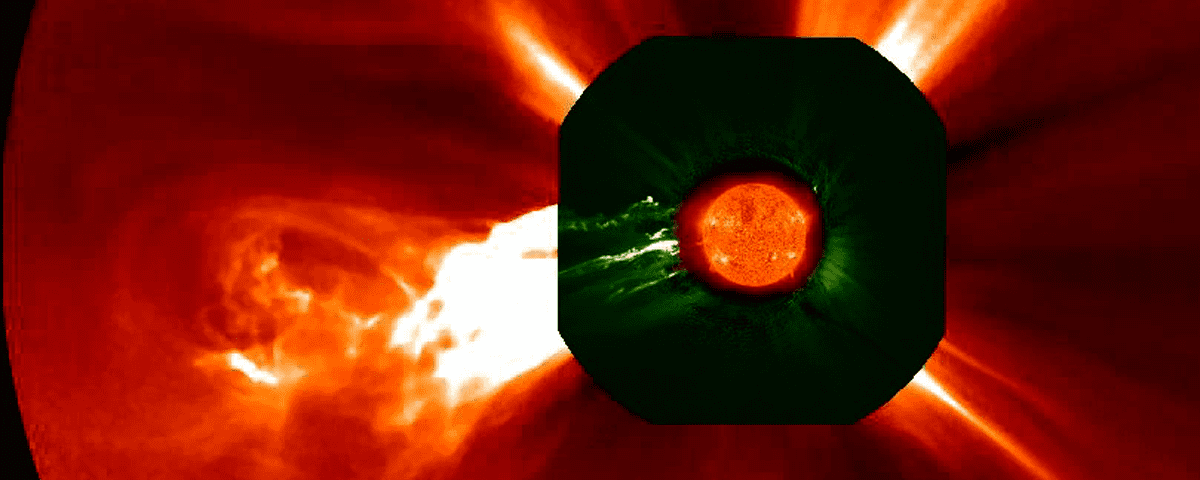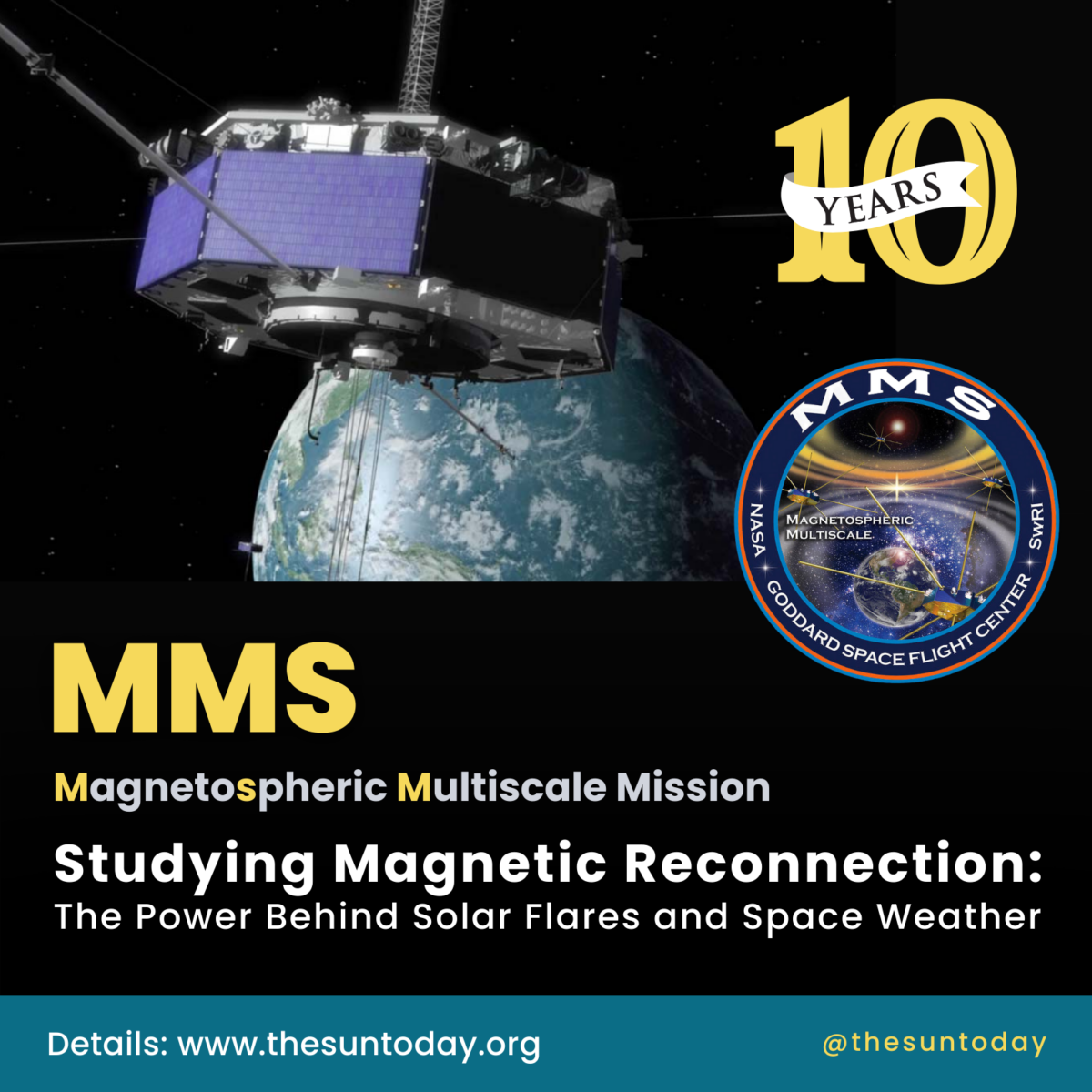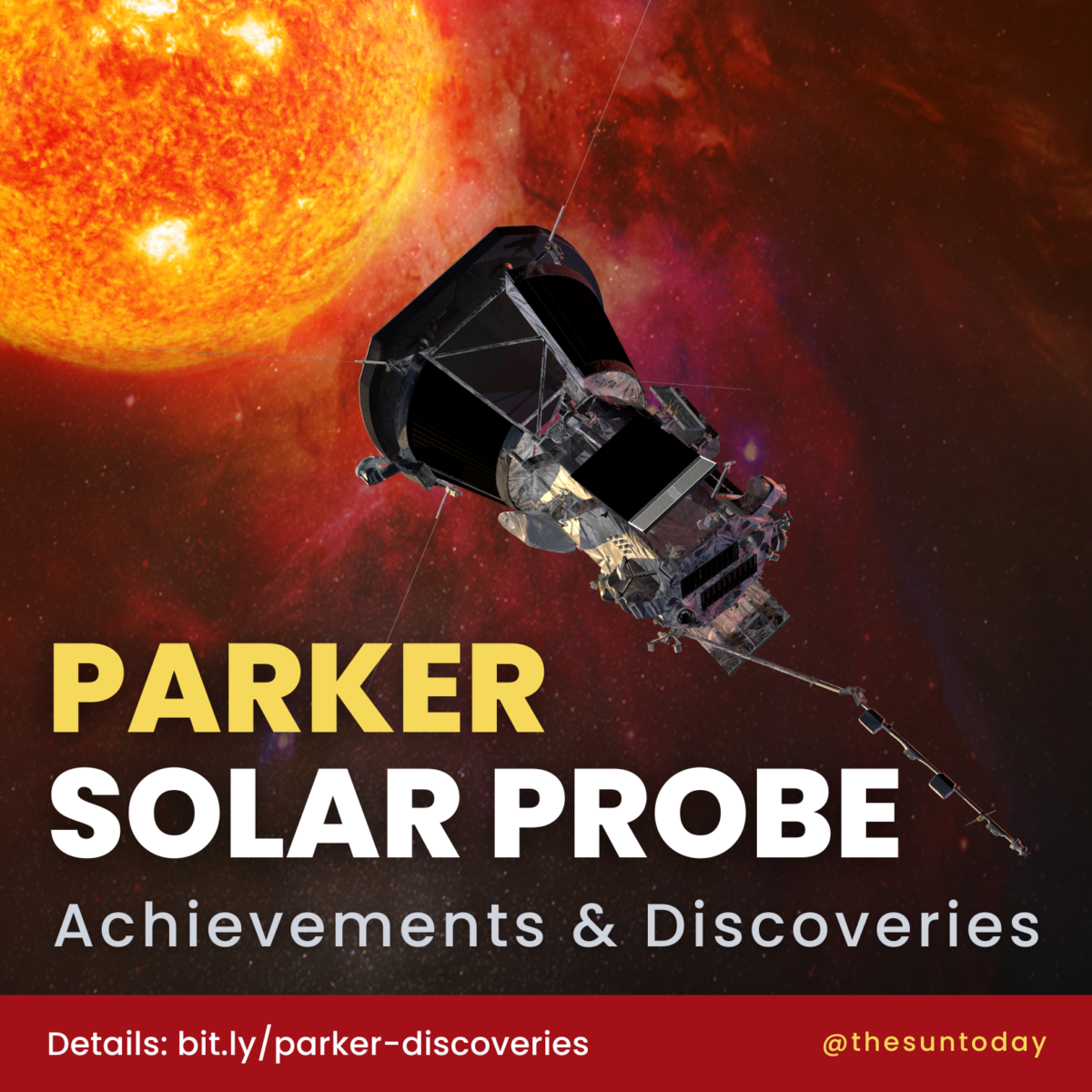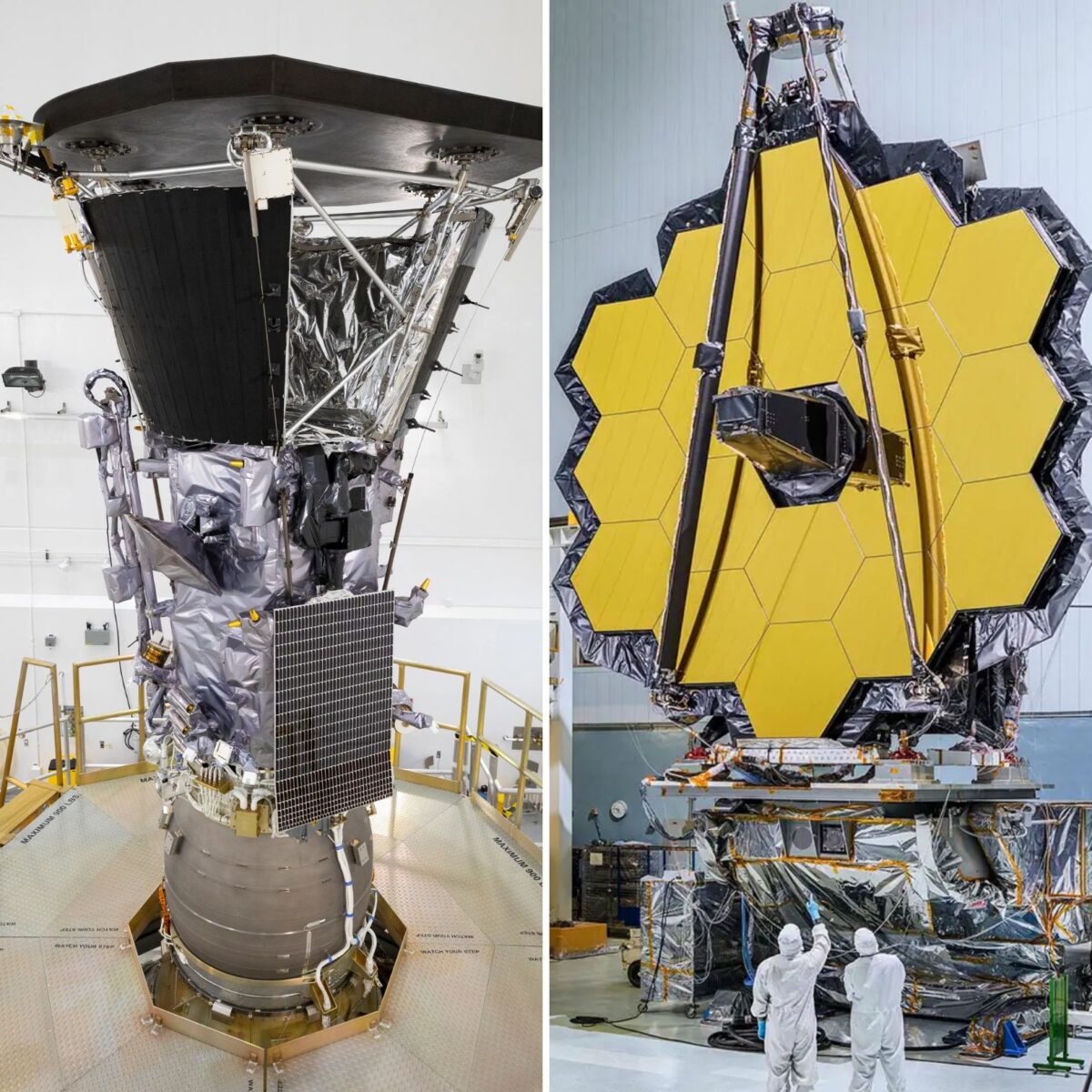
A spectacular filament eruption from June 7, 2011 captured by the STEREO Ahead spacecraft with EUVI 304, Cor1 and Cor2.
Happy Birthday STEREO!! October 26 ,2011 is the 5th anniversary of the launch of the STEREO mission and its 2 spacecraft. The STEREO Mission (Solar TErrestrial RElations Observatory) was launched at 1:52 am UTC on October 26, 2006 (8:52 pm EDT on October 25) on a Delta II 7925-10L rocket from Cape Canaveral Air Force Station in Florida. The 2 spacecraft were deployed from the single rocket and they moved into their orbits using the moon for assistance. This marked a great engineering achievement in orbital dynamics and the start of a great heliophysics mission that is still going strong today.
STEREO’s main overall goal is to help us understand coronal mass ejections (CMEs). So the first question is:
What is a CME?
As illustrated in this video, a CME is caused when magnetic energy is released on the Sun, flinging billions of tons of solar plasma into space at millions of miles per hour. When CMEs travel to Earth they can impact its magnetosphere causing the Aurora as well as potentially damaging spacecraft in orbit and creating electrical disturbances on the ground. These disturbances can cause disruptions in technology such as communication systems as well as electrical power grids. If the disturbances are strong enough, power systems can be completely knocked out. A famous example is the failure of the Quebec power grid for several hours in March 1989 following the impact of a strong CME on Earth’s magnetosphere.
[mejsvideo src=”https://www.thesuntoday.orgvideo/what_is_a_cme1.iphone.mp4″ width=”560″ height=”340″]
But why STEREO?
STEREO provides us with detailed information about CMEs in never before seen details. In particular, what is their stucture? how big are they? how fast are they? Up until now we have only seen the CMEs that travel to Earth by looking at them head on. This makes it difficult to get a good measure of their features and characteristics. When you are looking at something moving straight towards you or away from you it is hard to easily measure its speed for example. This is even harder for CMEs because they are expanding and evolving as they move away from the Sun. STEREO has changed all that because it consists of 2 nearly identical spacecraft with viewpoints to the side of the direct path from the Sun to Earth.
Here is a discussion of STEREO by the Project Scientist for the SECCHI suite of instruments, Dr. Angelos Vourlidas. SECCHI contains the imaging instruments that show the solar disk (EUVI – Extreme Ultraviolet Imager), the outer corona (Cor1 and Cor2 – Coronagraphs) and the heliosphere (HI-1 and HI-2 – Heliospheric Imagers).
[mejsvideo src=”https://www.thesuntoday.orgvideo/anatomy_of_a_cme_youtube.iphone.mp4″ width=”560″ height=”340″]
What is STEREO’s orbit?

STEREO spacecraft orbit generally along the Earth's orbit path. SOHO is about 1 million miles towards the sun from Earth at the Lagrangian Point L1.
In order to observe CMEs from the side the STEREO spacecraft were put into special orbits. One spacecraft, we call STEREO Behind, is to the left of the Sun (as you are looking toward the Sun from Earth) and the other spacecraft, we call STEREO Ahead, is to the right of the Sun.
This video shows the change in the spacecraft’s orbits over the STEREO mission.
[mejsvideo src=”https://www.thesuntoday.orgvideo/STEREO-orbit.mp4″ width=”560″ height=”340″]
Some of STEREO’s Accomplishments
STEREO has helped us make huge steps forward in our understanding of CMEs and their impact upon Earth. Here are some videos showing just a few of the many great results from the STEREO mission. We expect the mission to continue for many years and bring us an ever improving understanding of our Sun and its influence upon the Earth and the rest of the solar system.
STEREO showed us the first detailed interaction of a comet with a CME.
Thanks to STEREO we can for the first time in history view the entire Sun.
STEREO has allowed CMEs to be observed all the way from the Sun to Earth for the first time ever.
For more information on STEREO check out the STEREO page in our solar mission hub. There is also a great article on the NASA site with some quotes from the STEREO Project Scientist and Deputy Project Scientist. More examples of the great science from STEREO can be found in the STEREO galleries on the STEREO web site.




